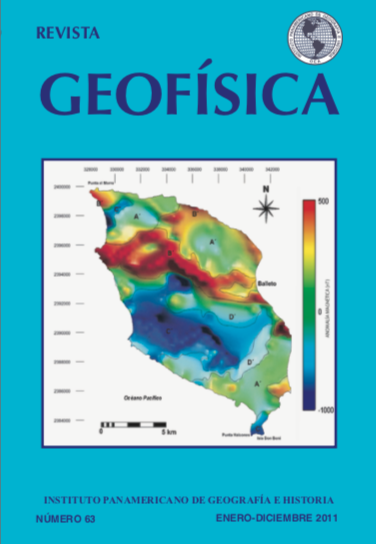Aplicación de dos modelos de atenuación a la falla La Cal, Mendoza, Argentina
Main Article Content
Abstract
A fundamental element of probabilistic, as well as deterministic, seismic risk anal- ysis is the capacity to estimate, for an established site, the movement of the terrain that could take place in future earthquakes based on a set of seismological parame- ters. This estimate is obtained by using attenuation relations or laws. The Next Generation Attenuation of Ground Motion (NGA) Project was a research initiative of the Pacific Earthquake Engineering Research Center-Lifelines Program (PEER-LL) together with the USGS and the Southern California Earthquake Center (SCEC), whose objective was to develop updated empirical attenuation models by means of an exhaustive and highly interactive research program. This paper uses two of the NGA models to evaluate the response spectra in the proximity of the La Cal seismic fault, very close to the urban center known as Gran Mendoza in the Republic of Argentina. The models used are Abrahamson and Silva, as well as Campbell and Bozorgnia, published in 2008. Results obtained were compared to the design spec- tra of the Argentinean norm, and reached the conclusion that the Campbell and Bozorgnia model present a better fit. This study also infers that design spectra of the Argentinean norm are appropriate for the case under study.
Downloads
Article Details
-
Abstract756
-
PDF (Español)1045

